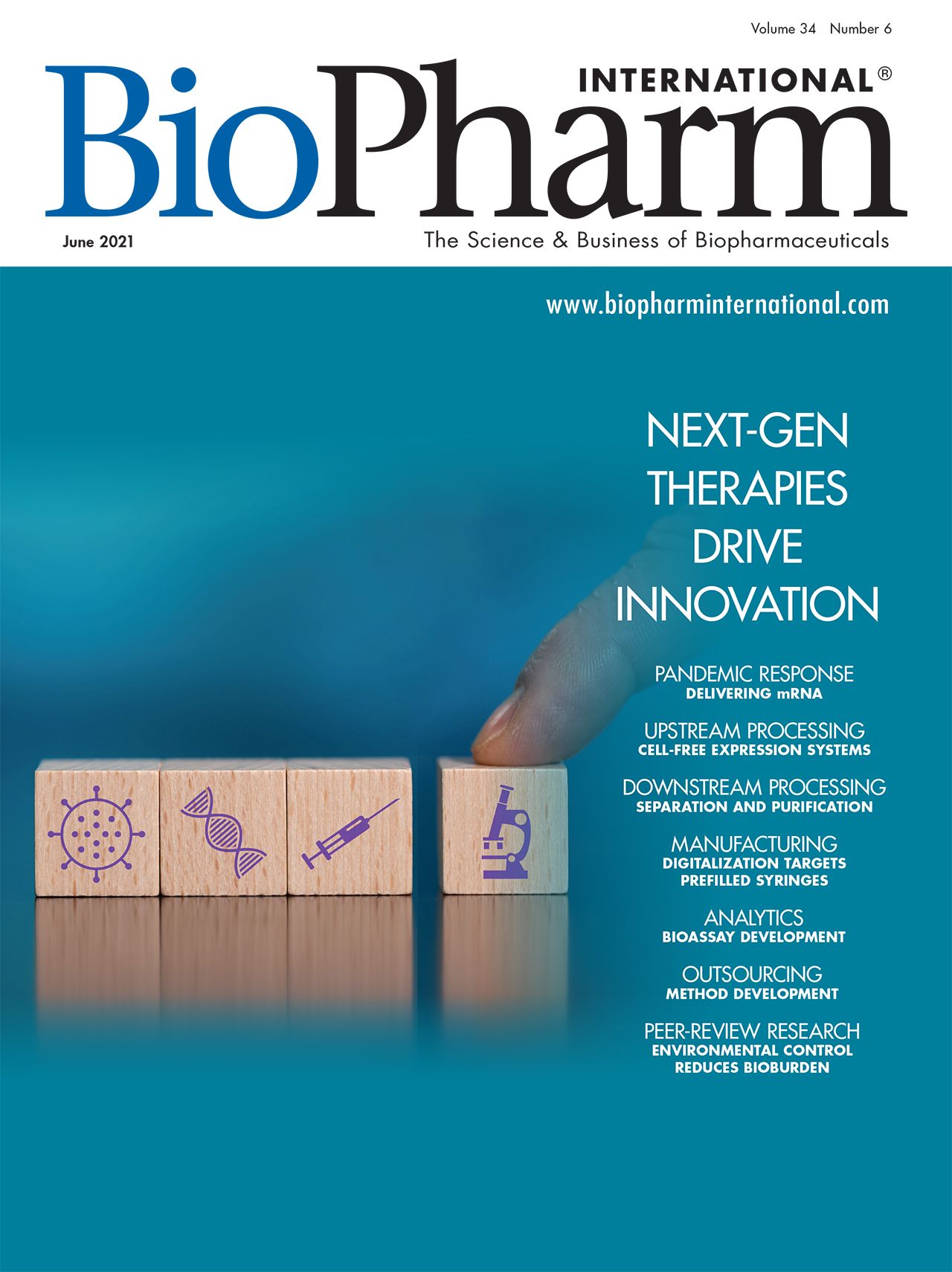Pandemic Highlights Need for Advanced Pharma Manufacturing
Expanded interest in advanced drug manufacturing and continuous production methods calls for more flexible production systems and regulatory policies.
The importance of a flexible, efficient infrastructure able to produce critical, high-quality drugs and medical products quickly and reliably has been heightened this past year by the soaring demand for medicines to combat COVID-19. Recent events have expanded interest in advanced drug manufacturing and continuous production methods able to provide needed therapies and prevent shortages that could compromise public health. Heavy reliance on foreign suppliers for necessary medical equipment and APIs similarly has increased concerns about supply interruptions as nations limit exports to protect the health of domestic populations. The result is a resounding call for more flexible production systems and regulatory policies able to respond quickly to supply disruptions and heightened demand for new preventives and treatments.
FDA officials have long pressed bio/pharma manufacturers to step up investment in advanced manufacturing technologies, as seen in multiple statements and proposals from Janet Woodcock during her many years as director of FDA’s Center for Drug Evaluation and Research (CDER). Former FDA Commissioner Scott Gottlieb urged added funding in 2018 to support continuous drug manufacturing and 3D printing to ensure steady output of finished drugs. And Former Commissioner Stephen Hahn highlighted in August 2020 how advanced drug manufacturing techniques could help address manufacturing and supply chain problems generated by the pandemic (1). There has been some progress, as seen in CDER’s report on drug product quality for 2020, which notes that FDA approved the first application utilizing a continuous biomanufacturing process in 2020 and semi-continuous processes for two other products (2).
The Biden administration has acknowledged the importance of reliable advanced drug and vaccine production to ensure access to treatments for COVID-19. A White House executive order early this year sought sufficient supplies of vials and needles, as well as APIs, to support expanded vaccine supply and distribution. And the administration included pharmaceutical and biotech products on a list of key industries important for enhancing supply chain resiliency (3).
A related goal by federal officials has been to expand drug manufacturing in the United States to reduce reliance on foreign sources and global supply chains. An early executive order from the Biden White House supported “Buy American” policies by calling on federal agencies to contract for American-made products before purchasing imported goods. The government also has funded retrofitting of US biopharma facilities to boost domestic production of COVID-19 vaccines. While some experts consider added tax incentives and financial support key for encouraging more domestic biopharma production, other analysts note the value of geographic diversity in supply to reduce the risk of disruptions in any one place from hurricanes and other natural disasters.
Regulatory roadblocks?
Many of these issues are examined in a report for CDER from the National Academies of Sciences, Engineering and Medicine (NASEM) on strategies to modernize pharmaceutical manufacturing to ensure reliable access to high-quality drugs, particularly in response to disruptions caused by the pandemic (4). While the report identifies several important manufacturing innovations on the horizon, the expert panel recognizes that adopting new methods and systems is costly, especially for companies with already approved facilities.
A notable finding of the report is that drug regulatory policies pose a barrier to innovation, in that manufacturers looking to adopt continuous or other advanced manufacturing methods first must gain FDA review of any new technology, a process that can delay approval of a new drug application. And implementing new technology for a marketed drug involves submitting a post-approval changes application, an equally perilous and time-consuming oversight process. Varying regulatory expectations and policies among international health authorities, moreover, further complicate prospects for implementing new technologies for both new and established medicines.
The NASEM experts note that CDER has taken steps to foster manufacturing innovation with its Emerging Technology Program and Emerging Technology Team (ETT) to assist firms in evaluating and documenting new production approaches. But to provide more support and expertise to advance modern manufacturing, the panel advises FDA to clarify further what data are required in regulatory filings to demonstrate the identity, safety, purity, and potency of a drug produced with innovative technology. More consistency in evaluating residual risk to product quality from modern manufacturing methods, and greater harmonization in regulatory requirements across regions, is crucial for effective risk-benefit evaluation of new manufacturing methods.
References
1. S. Hahn, “Investing in Advanced Manufacturing to Support Public Health Preparedness,” FDA Voices, FDA.gov, Aug. 3, 2020.
2. FDA, Center for Drug Evaluation and Research, Office of Pharmaceutical Quality, 2020 Annual Report, page 6 (CDER, February 2021).
3. The White House, “FACT SHEET: Securing America’s Critical Supply Chains,” Press Release, Feb. 24, 2021.
4. NASEM, Innovations in Pharmaceutical Manufacturing on the Horizon: Technical Challenges, Regulatory Issues, and Recommendations (National Academies Press, Washington, DC, 2021).
About the author
Jill Wechsler is BioPharm International's Washington editor, jillwechsler7@gmail.com.
Article details
BioPharm International
Vol. 34, No. 6
June 2021
Pages: 8-9
Citation
When referring to this article, please cite it as J. Wechsler, "Pandemic Highlights Need for Advanced Pharma Manufacturing," BioPharm International 34 (6) 2021.

Thermo Fisher Opens Advanced Therapies Collaboration Center in California
April 18th 2025The 6000-square-foot facility will provide cell therapy developers the support they need to transition to CGMP manufacturing, and an expanded footprint of the new center is expected to open in Philadelphia later in 2025.